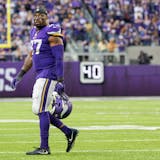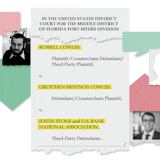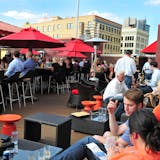For Grace Gouker Littlefield, the 2021 election isn't just about the candidates. It's about who gets to vote for them. After about six years of working for tech startups on the West Coast, Gouker Littlefield moved back to her hometown of Bemidji in 2018 "to be useful to my community." She found her calling as founder and executive director of Able to Vote, (abletovote.org), a nonpartisan nonprofit working to increase voter turnout among eligible voters with disabilities by giving them the resources, support and information they need to cast their ballots. She shares more about her homecoming, big goals for her organization and why Minnesota is No. 1 in an area that should not give us a sense of pride.
Q: Returning to Bemidji after years with tech startups, including Airbnb, must have felt somewhat like reverse culture shock. What drew you back?
A: In 2016, I became much more interested in elections and civic engagement generally. I began focusing on engagement work as a volunteer and founded a nonprofit with friends and colleagues. But I was desiring a move back here to see what I could do for the disability community, which I am a part of, and the Bemidji community in general.
Q: How do you define disability community?
A: People who have identified as having a disability are part of the disability community. It's very wide and broad and diverse. If we are to change the barriers that exist, not just to voting but in other ways, we do need to work in solidarity and support each other.
Q: What are major barriers to voting? What is research telling you?
A: Usually every two or four years, a couple of big disability voting reports come out, but existing data is not very concise about individual state barriers. We do know that what is happening all over the United States, including Minnesota, is that there are many reasons people don't vote. Caregivers might not inform them that they can vote, or they are told incorrectly that they cannot vote due to their disability. Accessible transportation is obviously one of the biggest issues; to get coverage through insurance, the ride has to be for a medical need and voting is a nonmedical need. Then there are challenges with accessibility at voting booths.
Q: Such as?


